A nice somewhat foggy morning with the sun rising and the early morning fog started to dissipate.
This panorama taken with my quadcopter taken at an altitude of 100′ above my local flying place, called Kite Hill. The uav was rotated and each frame was taken until the entire area was covered. Then the images were stitched to make the panorama, the sky was edited to fill in the upper part that the uav could not photograph. Click on the play icon and if you want to go full screen press the transparent icon in the upper right. You can scroll around in the panorama and look up an down. Enjoy.
[pano file="kitehill/kitehill.htm" preview="kitehill/khlp.jpg" width="900" height="500"]

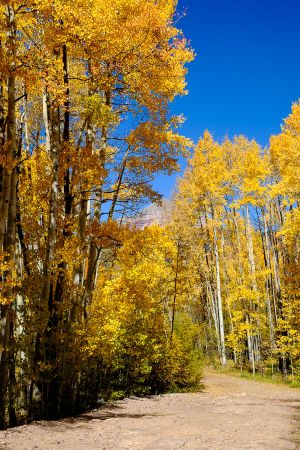
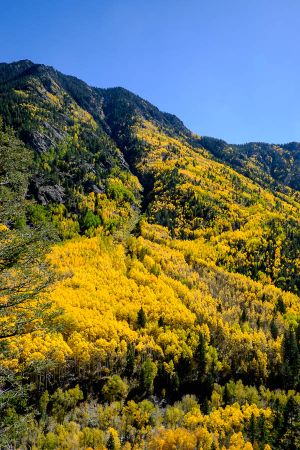
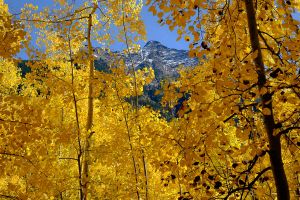
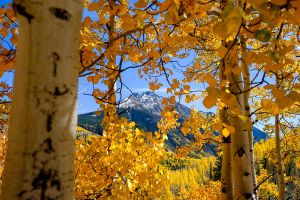
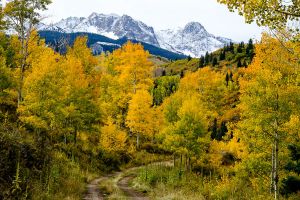
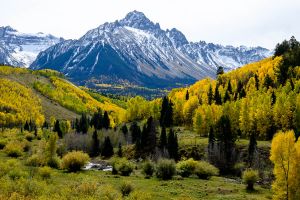
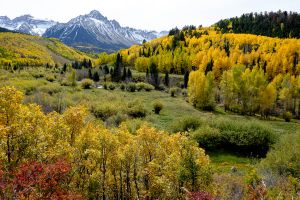
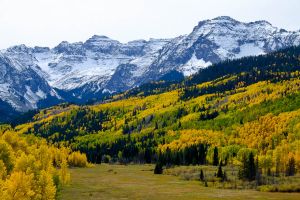
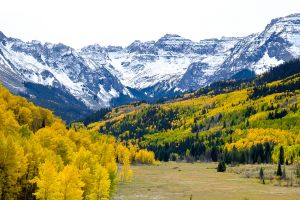
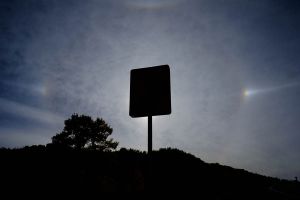
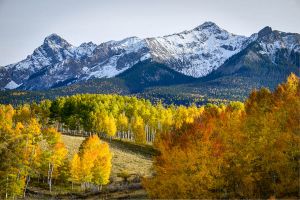
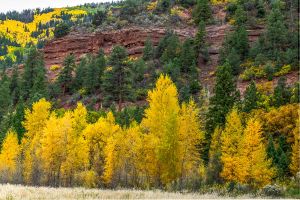
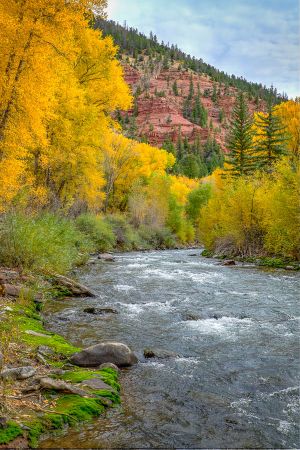
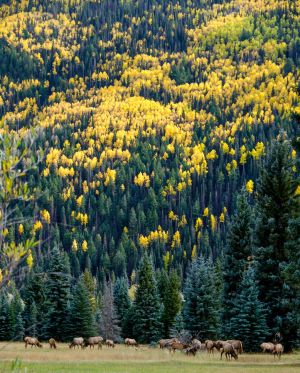
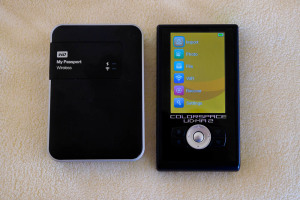
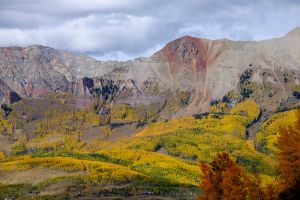
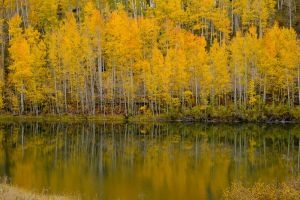
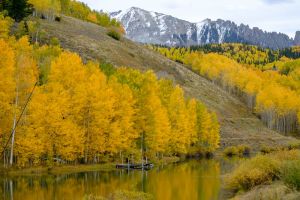
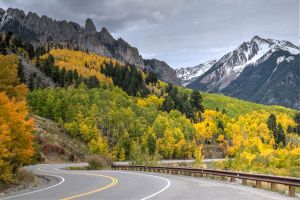
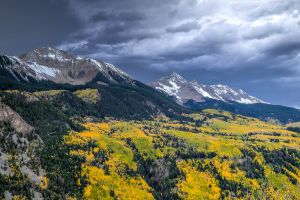
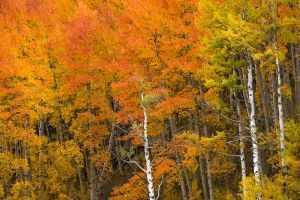
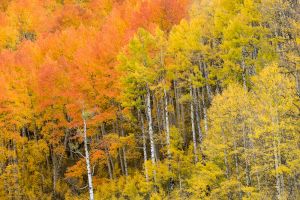
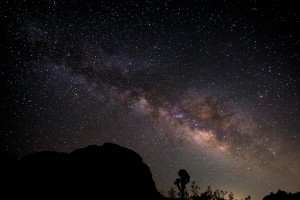
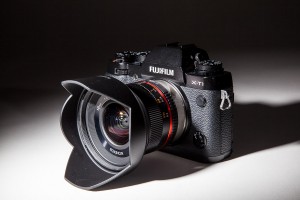
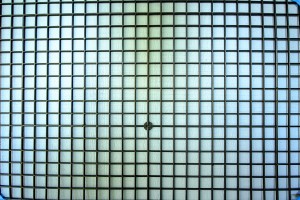
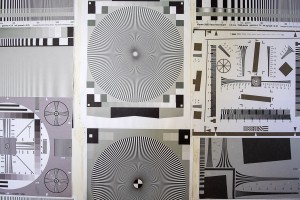
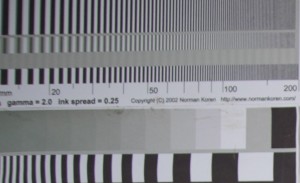
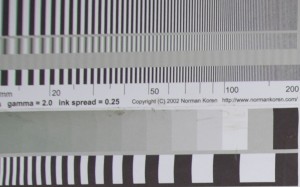
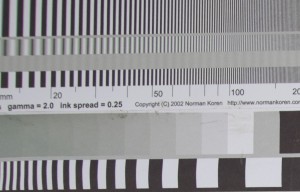
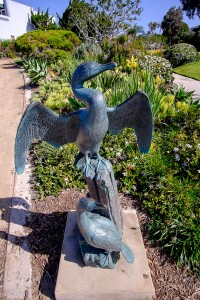
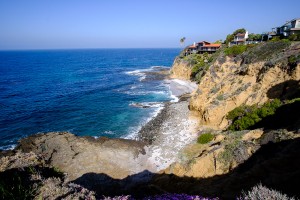
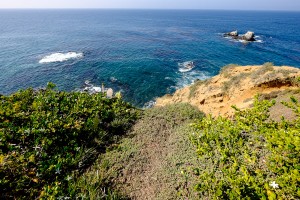
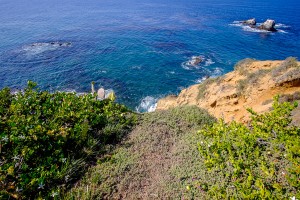
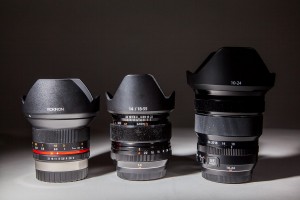
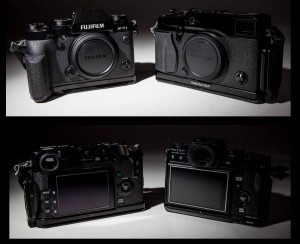
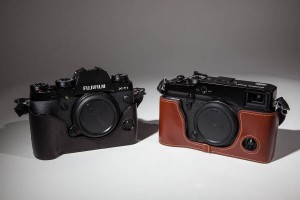
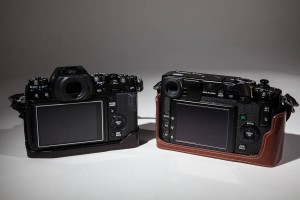
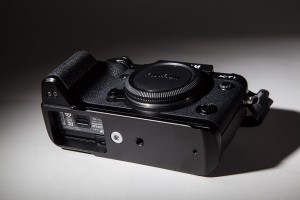
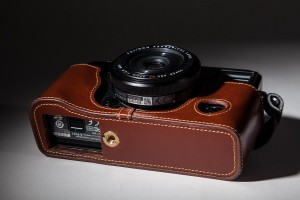
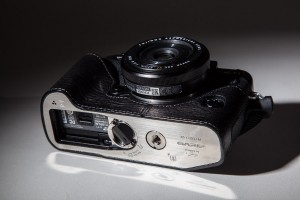
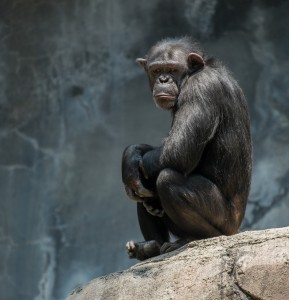
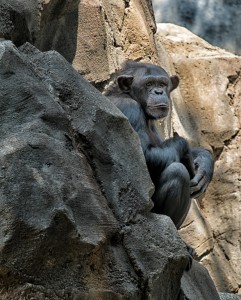
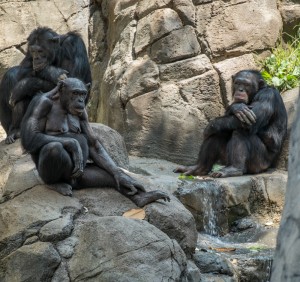

Another year bites the dust…….
Well another year is in the process of slipping into the record books. Overall I think it was a good year, there is always room for improvement but in general things went ok. I am left filled with my usual feelings of not getting everything I wanted to get done, done. Oh well that is part of life’s rich pageant. I think having lots of tasks makes for a busy and fulfilling life, so I am not too worried that not everything was finished, they will be added to the next year’s agenda.
I am not usually one for lists or making “resolutions” but I try to set goals for myself, a subtle but real difference for me. Resolutions always seem like they are more trivial to me, easily broken and ignored. Perhaps they should have more staying power and meaning but that is not what happens. They seem easier to rationalize breaking.
Some of the things I want to accomplish in this coming new year, and in no particular order. I need and want to revamp this website, I really need to add some images and replace a lot of them with better versions and better compositions. I also am going to try and write more articles and perhaps that will get down to a lot more commentary but the goal is to be a lot more active with the blog. I have not done a lot to promote it, mostly because I think the site still needs a lot of work. I also want to refine my image post processing, take my time to do what is best for my sense of vision. I want to refine my vision and be more deliberate with my art. Do more starscapes, and also do more photography in general, but then I always want to do more photography! It is a standard year to year wish, and pretty much goes without saying…..
I also want to make better and more productive use of my time. Time is fleeting and never seems to be a lot of it left at the end of the day, but I want to make it memorable and productive.
It is always easier to second guess and have perfect hindsight, but I am really lucky to have my family, friends, and a decent job. I am also especially lucky to have my wife. She is my companion, fellow photographer, friend, lover and confidant that gets me back on track and helps me stay focused.
And I will leave you with the last sunset for me this year and best wishes to all and hope that the New Year will bring much pleasure and happiness.
Thanks for reading. I will leave you with the last sunset for me in 2014…..